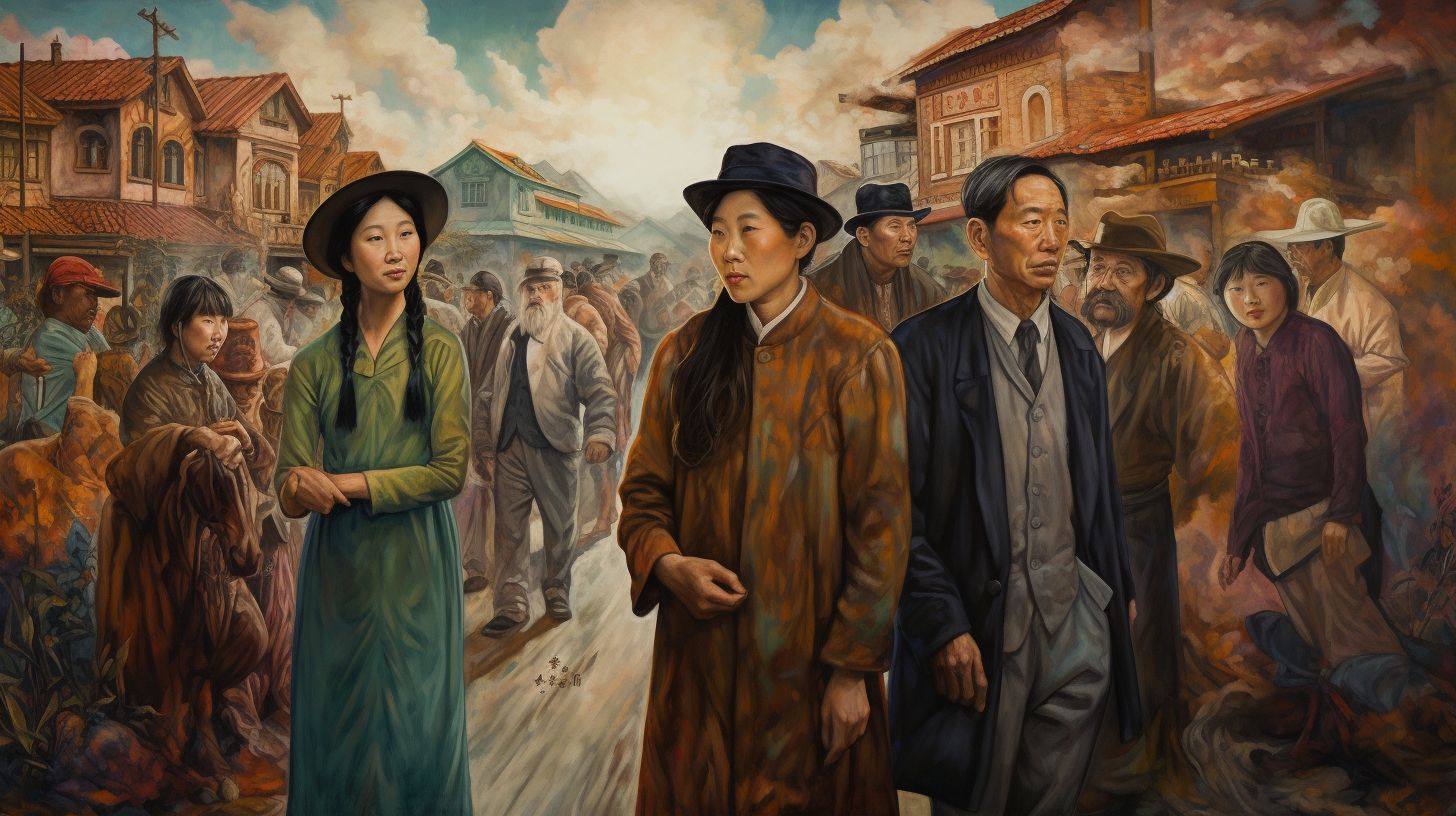Chinese
Introduction
The history and heritage of China span thousands of years, with a rich and diverse tapestry of dynastic rule, cultural achievements, and intellectual advancements. The 18th and 19th centuries witnessed a period of significant change and challenges for China, as it faced internal strife and external pressures from Western powers. Despite these difficulties, Chinese people have displayed remarkable resilience and adaptability, both within China and as immigrants in the United States.
The 18th and 19th Century China: A Time of Change
During the 18th century, China was ruled by the Qing Dynasty, which oversaw a period of relative stability and prosperity. The reigns of the Kangxi, Yongzheng, and Qianlong Emperors saw territorial expansion and advancements in art, literature, and science. However, the latter half of the 18th century and the beginning of the 19th century were marked by a decline in imperial authority, leading to internal unrest and rebellion, such as the White Lotus Rebellion (1794-1804) and the Taiping Rebellion (1850-1864).
External Pressures and the Unequal Treaties
Simultaneously, China faced increasing pressure from Western powers seeking trade and diplomatic relations. The Opium Wars (1839-1842 and 1856-1860) with Great Britain resulted in a series of humiliating defeats for China, leading to a number of unequal treaties that infringed on China's sovereignty. These treaties forced China to open its ports to foreign trade, cede territory to Western powers, and grant extraterritorial rights to foreign nationals.
Chinese Immigrants in America: Contributions and Challenges
Despite the challenges faced by China during the 18th and 19th centuries, many Chinese individuals sought new opportunities abroad. In the mid-19th century, a significant number of Chinese immigrants arrived in the United States, attracted by the prospect of work in industries such as mining, agriculture, and railroad construction. Chinese laborers played a crucial role in the building of the Transcontinental Railroad, which connected the Eastern and Western coasts of the United States.
In addition to their contributions to American industry, Chinese immigrants also established thriving communities, bringing their rich culture, cuisine, and traditions to their new home. However, they faced significant discrimination and hostility, often being subjected to harsh working conditions, low wages, and exclusionary laws, such as the Chinese Exclusion Act of 1882.
Conclusion
The 18th and 19th centuries were a time of both continuity and change for China, as it faced internal challenges and external pressures. Despite these difficulties, the Chinese people have demonstrated remarkable resilience and adaptability, contributing significantly to the growth and development of the United States. The story of Chinese history and heritage is one of perseverance and determination, a testament to the strength and spirit of the Chinese people.
Related Organizations


